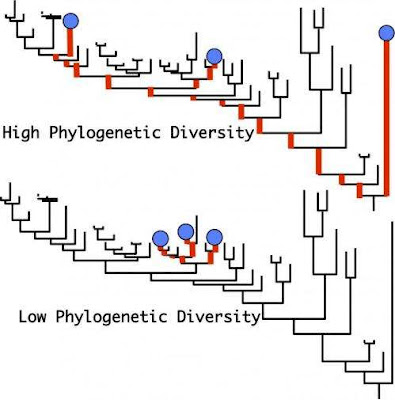Why would the negotiations at COP meetings not work well enough for our climate?
Let's define the problem first: The Earth has warmed by about 1.3°C in the last two centuries. This warming had serious negative consequences for all of us. The majority of humanity is not at all satisfied with global warming and the problems it brings. In fact, from the point of view of most individuals, the situation started to reach the level of disaster.
With their studies, scientists reveal that further increases in this warming will cause not only linear but also exponential damage. What this simply means is that when warming rises from 1.3℃ to 2.6℃, the disasters we will experience will not only double, but perhaps tenfold. That's why we need to keep global warming as low as possible. Scientists agree that this critical threshold should not exceed 2℃. In fact, it is necessary to keep it much lower, for example, at 1.5℃ if possible, so that especially people living in areas very close to sea level do not face major disasters.
Beyond that, scientists can calculate the maximum amount of greenhouse gases that can be emitted to keep global warming at 1.5 or 2°C. We need to emit less than 420 billion tons of carbon dioxide in total by 2022 so that the warming does not rise above 1.5℃. We must emit less than 1270 billion tons of carbon dioxide in total so that the warming does not exceed 2℃. Also, this is an average calculation, so even if we emit less than 420 billion tons of carbon dioxide in total, there is a 50% chance that the warming will rise above 1.5℃.
Since we emit approximately 40 billion tons of carbon dioxide per year, we will exceed the 1.5℃ warming target in 2033 and the 2℃ warming target in 2054. The calculation is that simple.
If we create a policy based on this calculation and assume that all countries will comply with it, developed countries should make their carbon emissions net-zero by 2025, and developing countries, including China and India, should reduce their net emissions to zero between 2035 and 2040 in order to stay below 1.5℃ warming. . In order to stay below 2°C warming, developed countries must similarly fall to net zero in 2040 and developing countries in the 2060-2070 range.
We can draw several conclusions from this calculation:
- No country, including the European Union, believes that global warming can be stopped at 1.5℃. No country whose emissions can be considered significant is not compatible with the reduction targets of 1.5℃.
- Most countries, including the European Union, do not believe that global warming can be stopped at 2℃. If they believed, the EU would set its net zero emissions target by 2040, China by 2050, and India by 2060.
- Most countries try to set themselves a position by observing what their rivals will do, rather than keeping their eyes on the target and giving their best. In the future, if other countries agree to take more serious measures, these countries may also set slightly more serious targets.
- Unfortunately, there is no time left to play the game of determining the measures by watching these opponents.
The 26th Conference of the Parties to the United Nations Framework Convention on Climate Change was held in Glasgow. In terms of climate science, we need to pay attention to the developments achieved in the 25 conferences so far:
How do you think all the meetings held, all the topics discussed, all the decisions taken have been reflected in the carbon dioxide rate in the atmosphere? Our eyes are not deceiving us, do not worry. In short, they didn't work at all. Will this conference work? No way. In this context, it should not take 27 years to realize that multilateral diplomacy is a complete waste of time. These meetings are no different from big fairs, they do not and will not do anything to stop the climate crisis. Please don't be fooled by this fanfare.
At this meeting, coal is denounced as a bad substance for the climate. We knew that coal was bad when the framework convention was signed in 1992, if it took 29 years for it to be documented, then climate diplomacy is not working. The decision that would work would have been a moratorium on coal use by the developed countries from 2025 on, and developing countries committing not to build any more coal-fired power plants from this year on.
In such meetings, it is almost impossible to reach a goal, since decisions are made to be taken unanimously. So now we have to try another way. From a policy point of view, it seems more appropriate that this road can be opened as a result of bilateral talks. Although these negotiations are sometimes carried out with carrots and sometimes with sticks, it would be more appropriate to try, since it is clear that multilateral negotiations do not come to a conclusion anymore.
At the conference, it was seen that the biggest problem between the states was financial issues rather than greenhouse gas reduction amounts. The solution was sought in the neoliberal market economy by talking at length about who will sell carbon credits to whom and how to create a market for it. Einstein showed us the solution to this issue in the best way possible: We cannot use systems that get us in trouble to get ourselves out of trouble. Now we need a different system and a different mindset.





Comments
Post a Comment